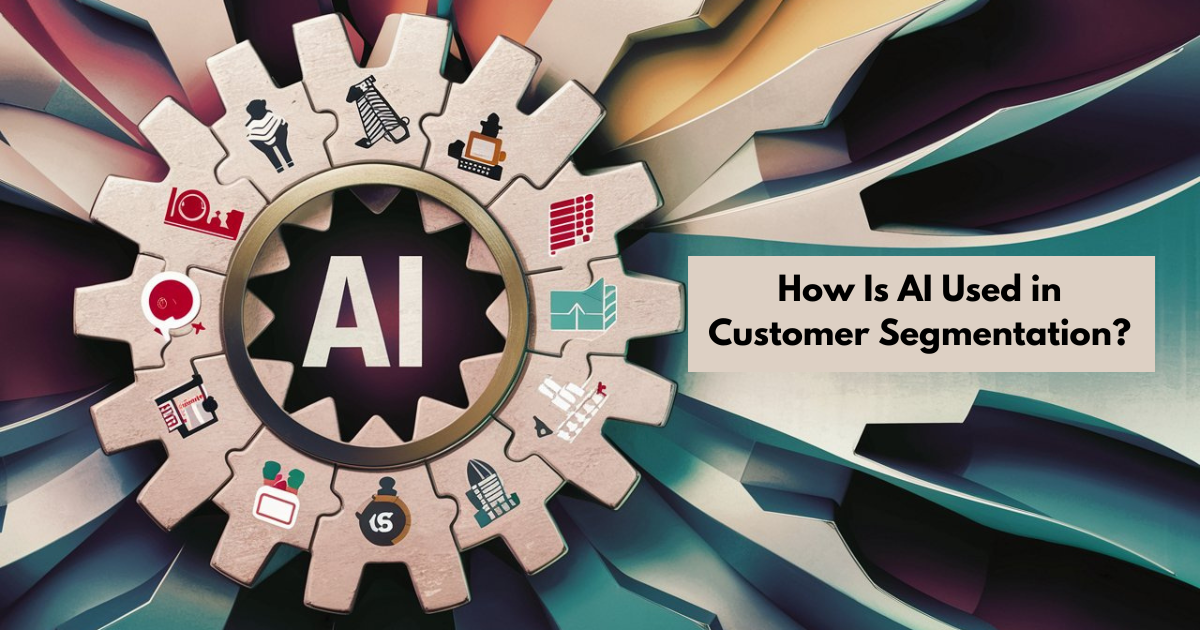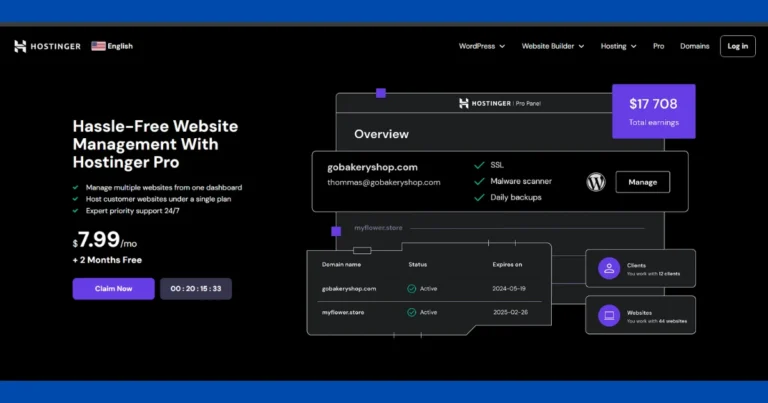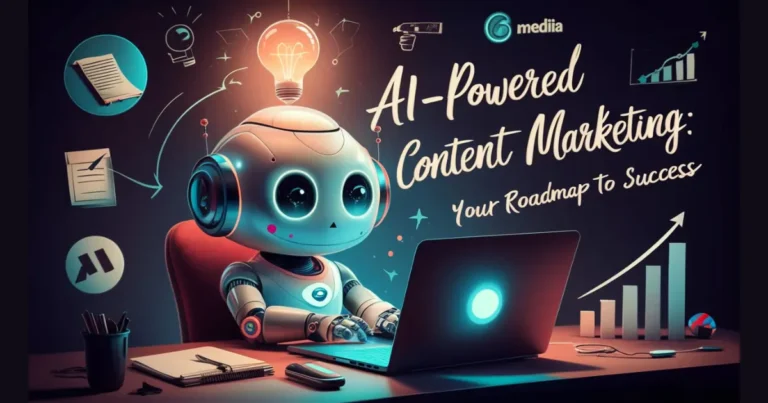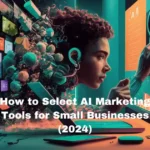In today’s digital age, customers expect a personalized experience. AI-powered dynamic content optimization allows businesses to cater to these expectations by delivering content that adapts to each individual customer. This guide will explore the power of AI-powered customer segmentation and how it can be used to create a more engaging and effective customer experience (CX).
What you will learn in this guide:
- The benefits of AI-powered customer segmentation for content personalization
- Different customer segmentation strategies
- How AI can be used to personalize the customer journey
- Tools and technologies for implementing AI-powered customer segmentation
By the end of this guide, you will be equipped with the knowledge to leverage AI to create dynamic content that resonates with your audience and drives business growth.
Table of Contents
Understanding Customer Segmentation and Personalization
Customer segmentation is the process of dividing your customer base into distinct groups based on shared characteristics. These characteristics can include demographics (age, gender, location), interests, behaviors (purchase history, website activity), and needs. By understanding your customers on a deeper level, you can tailor your content and marketing messages to resonate with each segment.
Personalization takes customer segmentation a step further. It involves using customer data to deliver individualized experiences. This can include things like:
- Personalized content recommendations based on a customer’s browsing history or past purchases.
- Dynamic content that adapts to a customer’s location, device, or interests.
- Targeted email campaigns with offers and promotions relevant to a customer’s needs.
The use of customer segmentation for personalization is not a new concept. However, AI has revolutionized the way businesses can segment and personalize their customer experiences. AI-powered customer segmentation allows businesses to analyze vast amounts of customer data to identify complex patterns and segments that would be difficult or impossible to identify manually. This enables businesses to create hyper-personalized experiences that are more relevant and engaging for each customer.
“The aim of marketing is to know and understand the customer so well the product or service fits him and sells itself.”
Peter Drucker
Benefits of AI-powered Customer Segmentation for Content Personalization
AI-powered customer segmentation offers several significant advantages over traditional segmentation methods. Here are some of the key benefits:
Increased Customer Engagement:
When customers receive content that is relevant to their interests and needs, they are more likely to pay attention and engage with it. This can lead to higher click-through rates, conversion rates, and customer satisfaction.
Improved Customer Journey Optimization:
By understanding your customers at each stage of the buyer’s journey, you can tailor your content to address their specific needs and concerns. This can help to move customers through the sales funnel more efficiently and convert them into loyal customers.
Enhanced Customer Lifetime Value (CLTV):
Customer lifetime value (CLTV) segmentation allows you to identify your most valuable customers and target them with personalized content and offers that encourage repeat business.
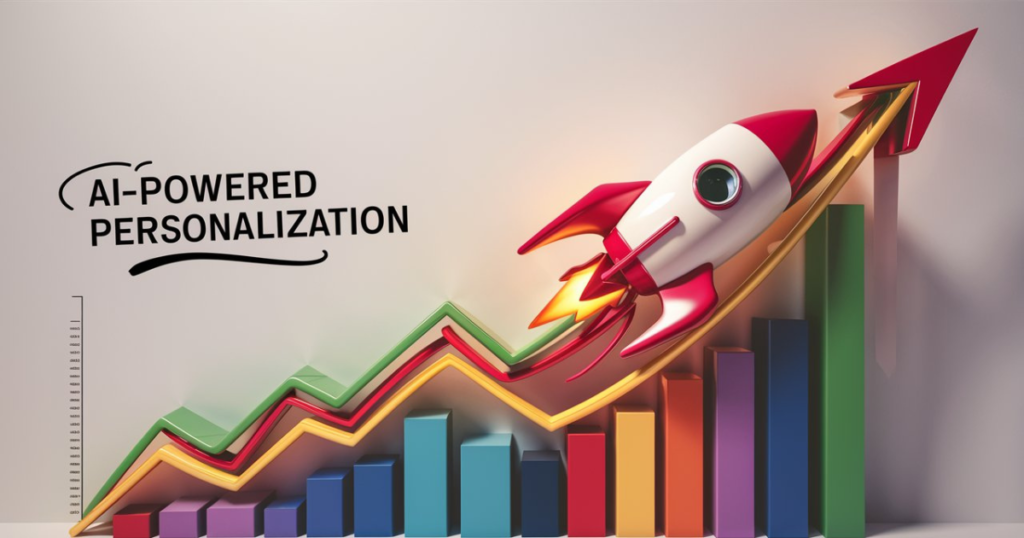
Data-driven Decision Making:
AI can analyze vast amounts of customer data to identify trends and patterns that would be difficult or impossible to see with the naked eye. This data-driven approach allows businesses to make more informed decisions about their content strategy and marketing efforts.
Table 1: Benefits of AI-powered Customer Segmentation
| Benefit | Description |
|---|---|
| Increased Customer Engagement | Content that resonates with customer interests leads to higher engagement. |
| Improved Customer Journey Optimization | Tailored content addresses specific needs at each stage of the buyer’s journey. |
| Enhanced Customer Lifetime Value (CLTV) | Identify high-value customers and personalize experiences to drive repeat business. |
| Data-driven Decision Making | AI analysis of customer data helps inform content strategy and marketing efforts. |
Customer Segmentation Strategies for the AI Age
AI-powered customer segmentation allows you to go beyond traditional segmentation methods based on demographics or basic purchase history. Here are some effective customer segmentation strategies that can be enhanced with AI:
RFM analysis (Recency, Frequency, Monetary):
This classic segmentation technique categorizes customers based on their recency of purchase, purchase frequency, and monetary value. AI can be used to analyze RFM data in more depth, identifying subtle patterns and segments that might be missed by traditional methods. For example, AI might identify a segment of customers who haven’t purchased recently but have a high lifetime value, indicating they might be good targets for win-back campaigns.
Behavioral Segmentation:
This approach segments customers based on their online behavior, such as website visits, product views, and content engagement. AI can analyze vast amounts of behavioral data to create highly granular segments. For instance, AI might identify a segment of customers who frequently view blog posts about a specific product category, indicating they are likely interested in purchasing those products.
Psychographic Segmentation:
This strategy goes beyond demographics to segment customers based on their values, interests, lifestyles, and personalities. While psychographic data can be challenging to collect, AI can analyze customer behavior and social media activity to infer psychographic information. By understanding a customer’s psychographics, you can tailor content to their emotional needs and motivations.
Predictive Segmentation:
This advanced technique uses AI to predict future customer behavior. For example, AI might identify customers who are at risk of churn and target them with personalized retention offers. Predictive segmentation allows businesses to be proactive in their marketing efforts and personalize the customer journey at every touchpoint.
These are just a few examples, and the possibilities for customer segmentation with AI are constantly evolving. In the next section, we will delve into how AI can be used to personalize the customer journey.
Personalizing the Customer Journey with AI
The customer journey encompasses all the interactions a customer has with your brand, from initial awareness to purchase and beyond. AI-powered customer segmentation allows you to personalize the customer journey at every touchpoint, creating a more seamless and engaging experience.
Here are some ways AI can be used to personalize the customer journey:
- Dynamic Content Delivery: AI can analyze customer data in real-time to deliver content that is relevant to the customer’s current needs and context. For example, an e-commerce website might use AI to personalize product recommendations on the homepage based on a customer’s browsing history or past purchases.
- Real-time Content Personalization: AI can be used to personalize content in real-time based on a customer’s behavior. For instance, a chat bot powered by AI can analyze a customer’s queries and provide personalized responses and recommendations.
- Personalized Email Marketing: AI can be used to segment email lists and create personalized email campaigns with targeted offers and messaging. This can significantly improve email open rates and click-through rates.
- A/B Testing for Personalized Content: AI can be used to A/B test different versions of personalized content to see what resonates best with different customer segments. This data-driven approach allows businesses to continuously optimize their content for better engagement and conversions.
Quote to Consider:
“The future of marketing and advertising is not to push the product to the customer. It is to pull the customer to the product.”
Philip Kotler
By personalizing the customer journey with AI, businesses can create a more relevant and engaging experience that fosters customer loyalty and drives business growth.
Tools and Technologies for AI-powered Customer Segmentation
Implementing AI-powered customer segmentation requires the right tools and technologies. Here’s an overview of some key resources:
1. Customer Data Platform (CDP):
A Customer Data Platform (CDP) is a centralized hub that collects and integrates customer data from various sources, such as CRM systems, website analytics platforms, and marketing automation platforms. A CDP provides a unified view of your customers, which is essential for effective segmentation.
2. Customer Segmentation Tools:
Several customer segmentation tools leverage AI and machine learning to automate the segmentation process. These tools can analyze customer data to identify hidden patterns and automatically segment customers into distinct groups. Some popular AI-powered customer segmentation tools include:
- Peak
- Blueshift
- Clearbit
- Iterable
3. Content Management System (CMS) with Personalization Features:
Many modern Content Management Systems (CMS) offer built-in personalization features. These features allow you to create dynamic content that can be personalized based on customer data. For example, a CMS might allow you to personalize the content on a web page based on a customer’s location, device, or browsing history.
4. Marketing Automation Platform (MAP) with Personalization Features:
Marketing Automation Platforms (MAPs) can be used to automate personalized marketing campaigns. When integrated with a CDP and AI-powered segmentation tools, MAPs can deliver highly targeted email campaigns, personalized website experiences, and triggered messaging based on customer behavior.
5. AI Content Generation Tools:
AI content generation tools are emerging technologies that can be used to create personalized content at scale. These tools can analyze customer data and generate personalized product descriptions, blog posts, and email copy.
Table 2: Tools and Technologies for AI-powered Customer Segmentation
| Tool/Technology | Description |
|---|---|
| Customer Data Platform (CDP) | Centralized hub for integrating customer data from various sources. |
| Customer Segmentation Tools | Leverage AI to automate segmentation and identify customer segments. |
| Content Management System (CMS) with personalization features | Allows creation of dynamic content personalized based on customer data. |
| Marketing Automation Platform (MAP) with personalization features | Automates personalized marketing campaigns based on customer segmentation. |
| AI Content Generation Tools | Generate personalized content at scale based on customer data. |
Considerations for Implementing AI-powered Customer Segmentation
While AI-powered customer segmentation offers significant benefits, there are some key considerations to keep in mind before implementing it:

Data Quality:
AI relies on high-quality data to function effectively. Ensure your customer data is accurate, complete, and up-to-date. Inaccurate data can lead to poor segmentation and ultimately, a negative customer experience.
Data Privacy:
Customer privacy is a critical concern. Ensure you have a clear data privacy policy in place and comply with all relevant data privacy regulations.
Transparency:
Be transparent with your customers about how you are using their data for personalization. Customers are more likely to be receptive to personalization if they understand the benefits and how their data is being used.
Explainability:
As AI models become more complex, it can be challenging to understand how they arrived at specific segmentation decisions. Look for tools that offer some level of explainability, allowing you to understand the rationale behind the AI’s segmentation choices.
Human Expertise:
While AI can automate many aspects of customer segmentation, human expertise is still essential. Use AI to complement your team’s skills and insights, not replace them.
By carefully considering these factors, you can ensure that your AI-powered customer segmentation strategy is successful and ethical.
“AI is not just a tool, it’s a collaborator. It’s a way to extend our creativity and our ability to connect with customers.”
Paul Roetzer, Founder and CEO of Marketing AI Institute
Frequently Asked Questions (FAQ) about AI-powered Customer Segmentation
Here are some commonly asked questions about AI-powered customer segmentation:
Q: Is AI-powered customer segmentation right for my business?
A: AI-powered customer segmentation can be beneficial for businesses of all sizes. However, it is most effective for businesses with a large customer base and a wealth of customer data.
Q: What are the biggest challenges of implementing AI-powered customer segmentation?
A: Some of the biggest challenges include data quality, data privacy, and the need for human expertise.
Q: How can I measure the success of my AI-powered customer segmentation strategy?
A: You can measure the success of your strategy by tracking key metrics such as website traffic, conversion rates, customer engagement, and customer lifetime value.
Q: What are some best practices for using AI-powered customer segmentation ethically?
A: Here are some best practices:
- Be transparent with customers about how you are using their data.
- Obtain customer consent for data collection and personalization.
- Use customer data for legitimate business purposes only.
- Allow customers to opt-out of personalization if they wish.
- Ensure your AI models are unbiased and do not discriminate against any customer group.
Q: What are the future trends in AI-powered customer segmentation?
A: The future of AI-powered customer segmentation is likely to see increased adoption of AI content generation tools, the use of more sophisticated AI models, and a greater focus on personalization across all customer touchpoints.
By understanding the benefits and challenges of AI-powered customer segmentation, you can make an informed decision about whether it is right for your business. With careful planning and implementation, AI can be a powerful tool for creating a more personalized and engaging customer experience.
Conclusion
In the ever-evolving digital landscape, AI-powered customer segmentation has emerged as a game-changer for businesses seeking to create personalized customer experiences. By leveraging AI’s ability to analyze vast amounts of customer data and identify hidden patterns, businesses can tailor content and marketing messages to resonate with each individual. This results in increased customer engagement, improved customer journey optimization, and ultimately, higher customer lifetime value.
However, successful AI-powered customer segmentation requires careful consideration of data quality, privacy, and the importance of human expertise working alongside AI tools. By implementing a well-planned strategy that addresses these factors and leverages the power of AI, businesses can create a more personalized and engaging customer experience, fostering loyalty and driving sustainable growth.
Remember, the future of customer experience lies in personalization. By embracing AI-powered segmentation, businesses can ensure they stay ahead of the curve and deliver the level of personalization today’s customers demand.

